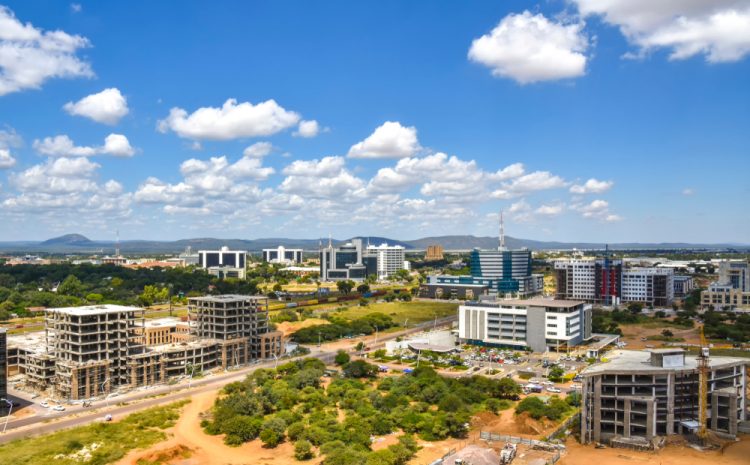Botswana: An African Success Story

Is the Chinese Belt & Road Initiative a Noose for Developing Countries?
Today Chinese President Xi Jinping marked the beginning of a new phase of his hallmark ‘Belt and Road’ initiative with a speech opening proceeding for the Belt and Road for International Cooperation in Beijing. The now famous initiative aims to develop Chinese trade and influence with the rest of world, focusing heavily on investment in infrastructure, development of extractive industries and the promotion of new trade deals to facilitate this greater economic integration.
At the opening of the Belt and Road Forum President Xi made explicit commitments to ensure transparency and fiscal sustainability for projects receiving Chinese support. These comments are of course a response to the high levels of criticism and mistrust regarding China’s engagement with the rest of the world, especially with developing nations. Some of this response is, to be frank, based on the incitement of longstanding sinophobia as well as an inevitable result of the ongoing realignment of global political, economic and military power. However it cannot be denied that China has made numerous missteps while trying to assert its role as a global trade centre and infrastructure financier. Allegations of corruption, debt-traps, poor delivery and the wholesale use of Chinese labour all dog Chinese projects, especially in Africa.
While these are all legitimate criticisms it is important to balance them against the tangible positive benefits for African development and the undeniable importance of China’s role in growing a future global economy. This process has no doubt been subject to a steep learning curve and continuously renegotiated standards of engagement but progress is being made as African nations develop and assert themselves.
China’s growth and engagement with Africa, especially since the 2000s, has seen a concomitant boom in aggregate African GDP growth. Infrastructure megaprojects have seen in an unprecedented expansion of intra-African connectivity, booming global trade as well as greatly improved logistical and manufacturing capacity. A notable example of this transition is that it has historically taken considerably longer to move a goods from Bujumbura to Mombasa, than to ship that same container from Shanghai to Mombasa, a difference of about 8000km. Yet growing levels of regional integration and trade harmonisation have played a role in improving this situation. So too have Chinese road, rail and port projects – such as the Chinese financed Standard Gauge Rail project which has completely transformed national export capabilities and opened up previously isolated parts of the region.
Another prominent threat often cited by China-sceptics is the potential explosion of unmanageable debt burdens resulting from Chinese finance on the continent. Zambia’s recent hand over of management of its international airport and state power utility is held up as a spectre of what can happen when countries become overly dependent on Chinese funding. But some important aspects of these case studies are too often overlooked.
Firstly, interest rates for African countries are historically high, given historically high levels of risk associated with underdeveloped and easily disrupted resource economies. Most Africa debt is still held be Africa’s traditional Western lenders who have been equally punishing, if not more so, in exacting punishing loan conditions. This is not to mention that after the 2008 Financial Crisis China was often the only source of available liquidity for the developing world as global powers sought to consolidate and recover.
Secondly, the role of successive African governments in exacerbating their countries own financial position – whether through widespread corruption, maladministration, poor policy decisions or merely due overdependence on global resource markets – cannot be ignored. In the Zambian example, poor governance has made the country almost untouchable for foreign lenders. Even a recent privatization campaign failed to find any investors in there toxic state assets – including the airport and power utility mentioned earlier. Essentially, China provided the only viable option, undesirable as it may be.
Of course China has been guilty of what one might call ‘predatory international lending’ but the role and responsibility of African nations for their own developing must be acknowledged. As rates of democratisation, government accountability and transparency continue to improve across the continent many governments are becoming more responsible in their lending and spending policies. China too has realised that its previous approach to financing has cost it greatly in terms of building the sustainable markets and relationships that will be necessary to make its Belt & Road Initiative a success. To these ends China is re-evaluating lending practices and even embarking own large-scale debt forgiveness programs – and only this week announced that it would be writing-off the bulk of Ethiopian debt accrued prior to the new dispensation. These moves go a long way towards establishing China as a responsible partner but will require continuous engagement, cultural exchanges, renegotiation and, most importantly, the assertion of African agency, responsible government and democratic accountability.
